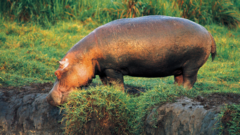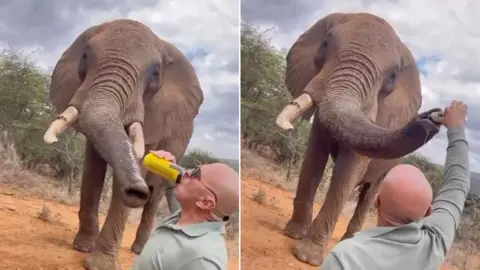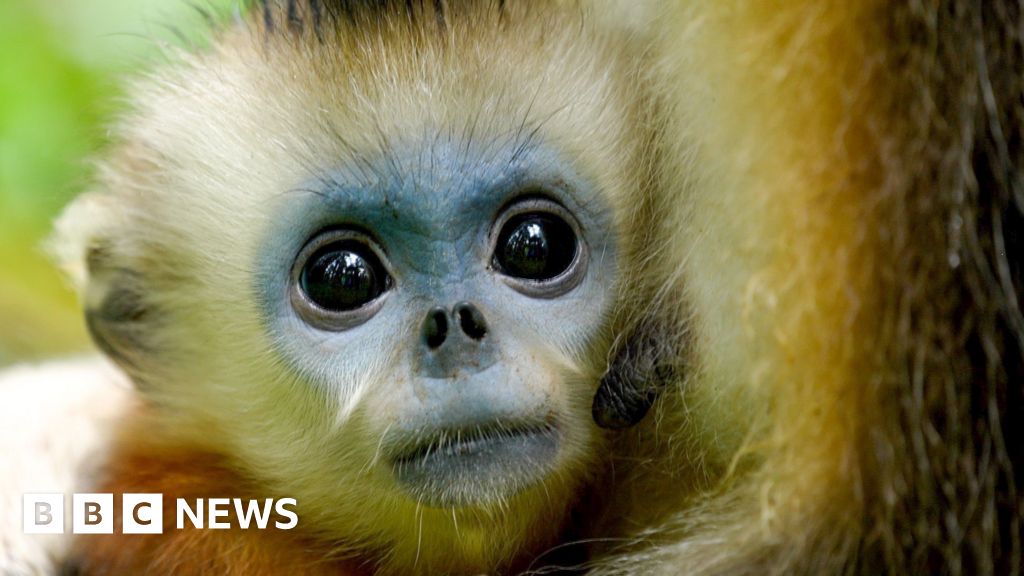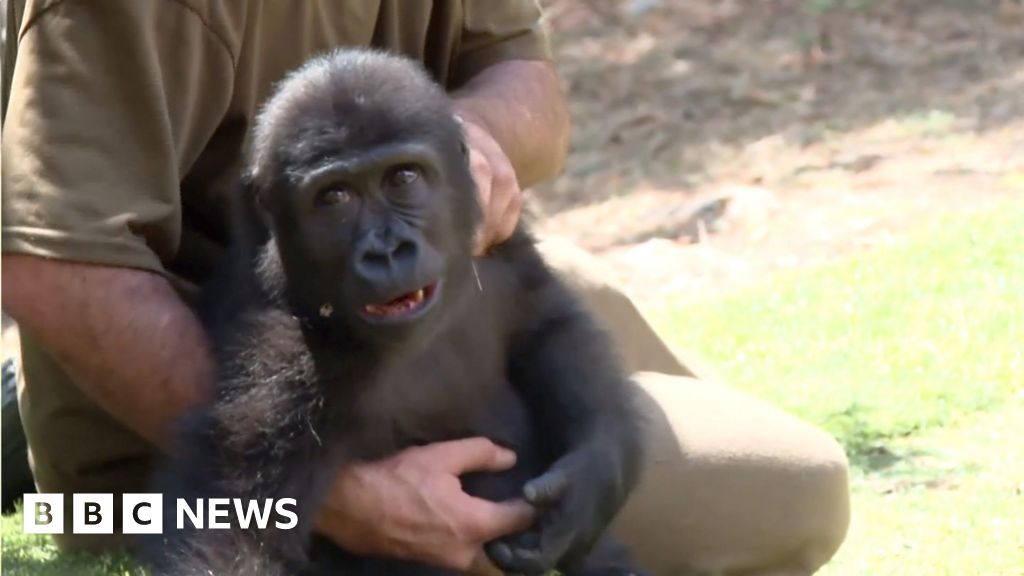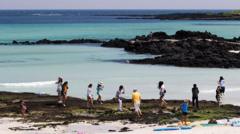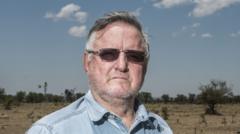Anthrax, caused by the Bacillus anthracis bacterium, can be lethal but is not typically transmitted easily among individuals. The spores can remain dormant in the soil for extended periods and can infect animals through wounds or breathing. In light of this incident, residents have been cautioned to avoid contact with wildlife and to boil drinking water sourced locally.
Virunga National Park, with an area of 7,800 square kilometers, is noted for its remarkable biodiversity as well as the dangers posed by local armed conflicts. Despite being a tourist attraction, the park has seen increased violence due to clashes between rebel factions and the Congolese military. Many park rangers have lost their lives while working to protect the wildlife. Conservation efforts over the years have aimed to revive the hippo population, drastically reduced from over 20,000 to a mere few hundred due to poaching and war.
This incident highlights the fragility of wildlife in areas impacted by human conflict and disease, underscoring the urgent need for comprehensive conservation and public health strategies in the region.
Virunga National Park, with an area of 7,800 square kilometers, is noted for its remarkable biodiversity as well as the dangers posed by local armed conflicts. Despite being a tourist attraction, the park has seen increased violence due to clashes between rebel factions and the Congolese military. Many park rangers have lost their lives while working to protect the wildlife. Conservation efforts over the years have aimed to revive the hippo population, drastically reduced from over 20,000 to a mere few hundred due to poaching and war.
This incident highlights the fragility of wildlife in areas impacted by human conflict and disease, underscoring the urgent need for comprehensive conservation and public health strategies in the region.

